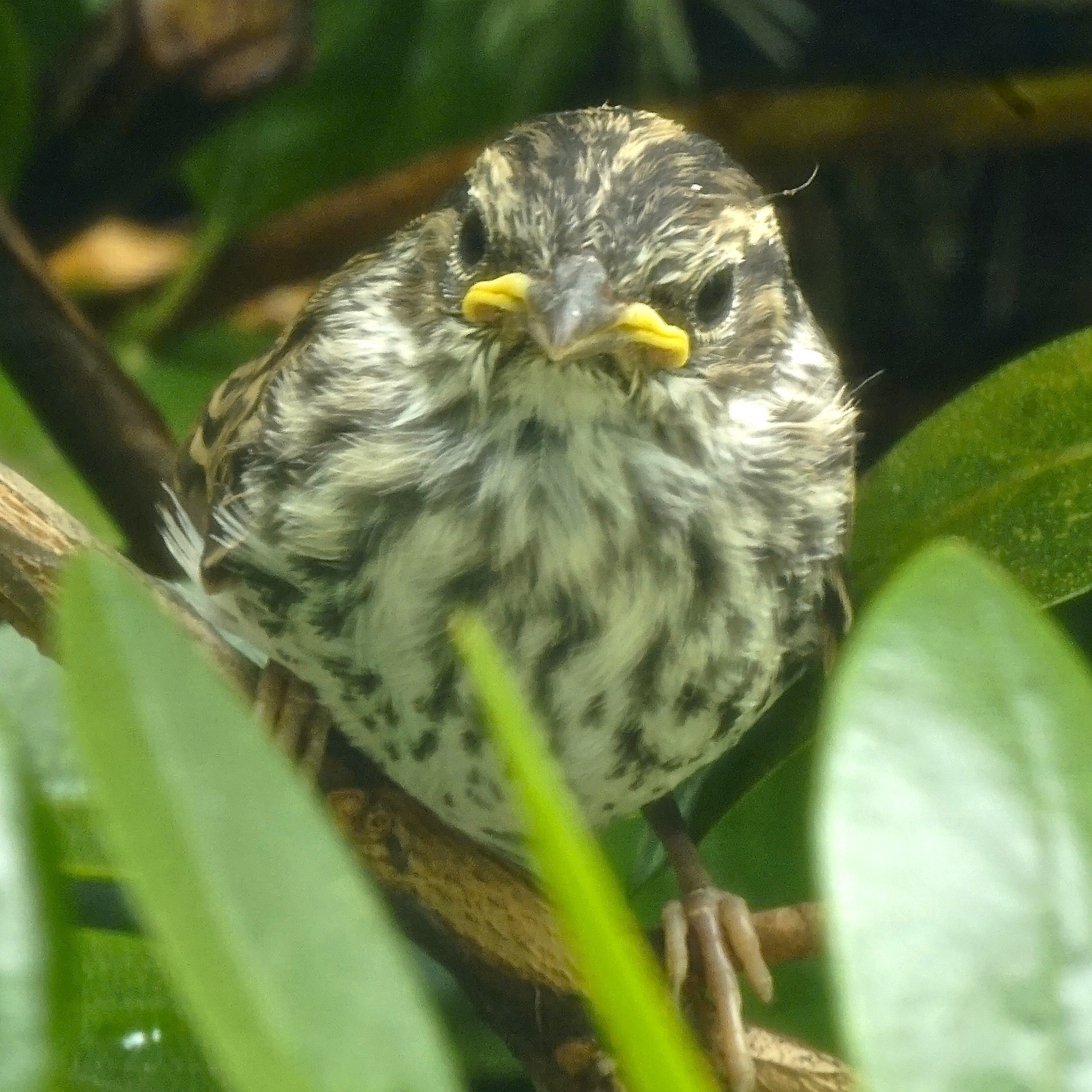Bad weather makes for good photos.
/Walking in the rain.
This April we had 21 days of rain in Boston. This record breaking stretch of “bad” weather kept the forecasters busy with their colorful charts showing one storm after another moving toward Boston. As a photographer, I love rainy days, but I learned to keep that opinion to my self.
Rain creates many special photo opportunities if you are open to them. Next time it rains, look for the reflections on the road surfaces, or water drops on flowers, or try photographing through a rain covered, steamy window.
I use manual focus for this shot in the San Francisco Bay Area (yes it rains there too). This way I could control the amount of blur and create an abstract image. Doing so amplifies the effect of the moisture on the window but allows the subject to be enough in focus that the viewer can imagine what it is.
The viewer may have to work at it but that is good. It means they are engaged longer with your image. And the longer they look, the more they will see. My favorite part of the image is where the water trickled down making a clear path through which we can see the stripes in the umbrella. Sometimes a small detail like that is what makes the image more enjoyable.
Looking forward to the next rainy day and hope now you are too.
Suzanne






